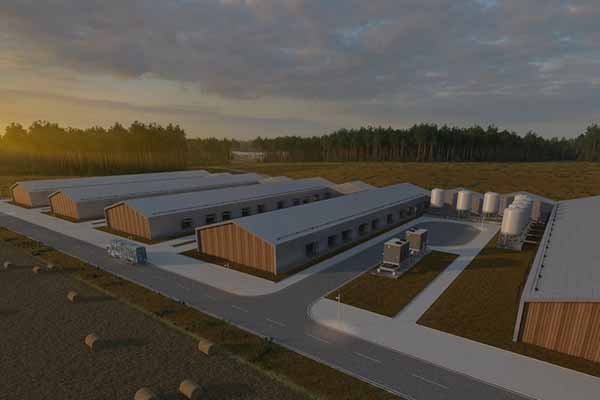Poultry Climate Control: Navigating Hot Weather Challenges in Hot Regions
Introduction to Poultry Climate Control Systems
In hot weather regions, maintaining an optimal climate is crucial for the health and productivity of poultry. As temperatures soar, it’s essential to implement effective climate control systems to ensure the well-being of your birds. This article explores the importance of poultry climate control in hot weather regions and highlights the key features to consider when selecting a suitable system.
Why Climate Control is Vital in Hot Weather
High temperatures can lead to heat stress in poultry, resulting in reduced growth rates, decreased egg production, and increased mortality rates. In fact, studies have shown that a 1-degree Celsius increase in ambient temperature can lead to a 1% decrease in egg production. Therefore, implementing an effective climate control system is essential to mitigate the negative effects of hot weather on poultry health and productivity.
Key Components of Poultry Climate Control Systems
To effectively manage hot weather conditions, it is crucial to consider the following components in a poultry climate control system:
- Evaporative Cooling: This method utilizes water to lower the ambient temperature by evaporating it, providing a cooling effect. It is energy-efficient and suitable for hot weather regions.
- Ventilation Systems: Proper ventilation helps in maintaining air quality and reducing heat stress. It ensures a continuous flow of fresh air, removing excess heat and humidity.
- Humidity Control: Excessive humidity can contribute to heat stress in poultry. Implementing humidity control measures, such as dehumidifiers, helps in maintaining optimal humidity levels.
- Insulation: Proper insulation of the poultry house can prevent heat gain from the surroundings, reducing the workload on cooling systems.
- Airflow Management: Efficient airflow distribution throughout the poultry house ensures uniform temperature and humidity levels, promoting better health and productivity.
Implementing Poultry Climate Control: A Case Study
Consider a commercial poultry farm in a hot weather region. By implementing an evaporative cooling system, proper ventilation, humidity control measures, and insulation, the farm was able to achieve a reduction in heat stress, resulting in improved growth rates and egg production. The system also led to lower energy consumption, showcasing the long-term benefits of effective climate control.
Choosing the Right Climate Control System
Selecting the right climate control system for your poultry farm depends on various factors:
- Location: Different regions have varying climatic conditions, so it’s essential to choose a system suitable for your specific climate.
- Flock Size: Consider the size of your flock and select a system that can handle the required cooling capacity.
- Budget: Determine your budget and choose a system that offers the best value for money while ensuring efficient climate control.
Conclusion
Effective poultry climate control is vital in hot weather regions to maintain the health and productivity of your birds. By implementing the right system, you can mitigate the negative effects of heat stress and ensure the success of your poultry operation. For tailored solutions and expert advice on poultry climate control systems, contact us today. We offer free chicken house design plans and equipment quotes from LIVI Machinery. Don’t miss out on optimizing your poultry farm’s climate control!





